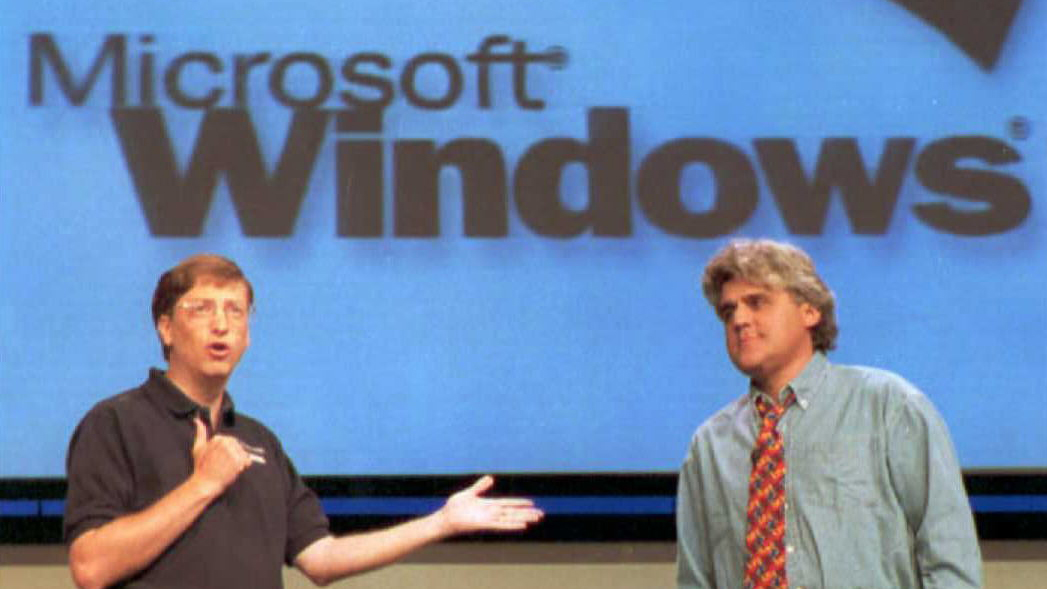Windows 95 at 30 - Way ahead of its time, or the greatest Microsoft game-changer?
From the introduction of the taskbar to file syncing tools, Windows 95 was an iconic launch

Windows 95 officially released to the public on August 24 1995, setting the standard for the future of the tech giant’s iconic operating system.
The operating system proved hugely successful, with seven million copies sold in its first five weeks, making it the world’s most popular OS.
Microsoft even arranged a star-studded celebration event to mark the one-year anniversary of its launch, boasting it had sold 40 million units by that point.
Windows 95 brought big changes
A combination of factors led to Windows 95’s success, particularly the tech giant’s new “plug and play” approach for installing hardware, which proved highly popular across both the consumer and enterprise markets.
This allowed the operating system to detect compatible hardware or automatically install software. If in doubt, it prompted the user to put a disk in for installation.
30 years on, the thought of using a disk to install software seems like a distant memory for most, but at the time it was a huge move for the company.
What went on behind the scenes was the real money maker for Microsoft, however. With the launch, Windows 95 merged with the Microsoft Disk Operating System (MS-DOS), a command-line OS developed by the tech giant for compatibility with IBM PCs.
Sign up to the TechRadar Pro newsletter to get all the top news, opinion, features and guidance your business needs to succeed!
In merging these, the operating system delivered marked improvements compared to its predecessor, with particular gains in the graphical user interface (GUI).
Elsewhere, Windows 95 heralded the company’s shift away from a 16-bit architecture used in Windows 3.1 to 32-bit. This once again offered marked performance benefits for users, particularly in areas such as random access memory (RAM).
For individual users, Windows 95 greatly improved quality of life, introducing key new features that still remain to this day.
Shiny new toys for Microsoft shops
Among the biggest new features for the operating system was the introduction of the start menu and taskbar.
The company spent millions of dollars on a global marketing campaign featuring the Rolling Stones' "Start Me Up" to promote the introduction of the feature - how can we forget the Windows 95 launch event with the song blaring in the background.
The taskbar was also a novel idea for a Windows operating system, and in the broader consumer PC market had no real counterpart. Giving users the ability to find and open applications from one singular point of contact was a game changer for many.
Better still, the operating system also allowed users to keep track of what applications they were running, helping declutter their system and prioritize certain compute-intensive tasks.
Even simple changes to Windows 95 endeared it with users, like the ability to give files and folders 255 character names. That sounds preposterous today, but in previous OS’ this had proved to be a major sticking point for many.
User profiles were also added, giving multiple people the ability to use their own unique setup on a single device - a real game changer for families.
Ahead of its time
We’re all now well-accustomed to cloud storage platforms such as Dropbox, iCloud, Google Drive, and OneDrive - they’re part of the woodwork for users in both the consumer and enterprise markets.
Windows 95 was ahead of its time in this regard with the introduction of ‘Briefcase’.
This allowed users to save and sync files, meaning you wouldn’t lose those vital documents or materials and could keep them at hand for when you returned home or worked outside the office.
Notably, Briefcase hung around for quite a while, as the feature was still available in Windows XP, Windows Vista, and Windows 7 - in fact itwasn’t until Windows 8 that it was officially deprecated.
You might also like
- Want to learn more history? Check out our comprehensive history of the PC
Ross Kelly is News & Analysis Editor at ITPro, responsible for leading the brand's news output and in-depth reporting on the latest stories from across the business technology landscape.
You must confirm your public display name before commenting
Please logout and then login again, you will then be prompted to enter your display name.